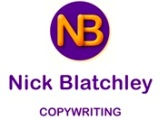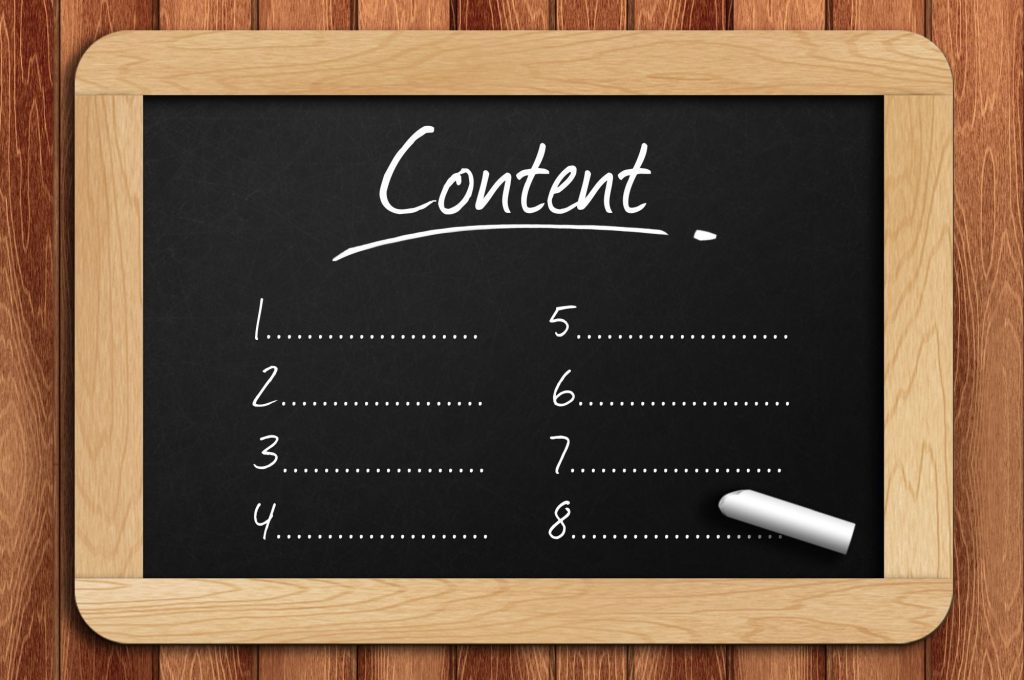I always say that all businesses need written marketing content — and that’s true. But what kind of content do you need?
Needless to say, that depends partly on what kind of business you have, but there are some generalisations you can make. It’s likely that any business will need some, at least, of these — if not all of them.
Website content
Few if any businesses can manage nowadays without a website. Your website is your shop window, if not much more, and the written content is part of the window display that has to tempt people in.
First of all, it plays a crucial part in your site’s SEO, persuading people to come and have a look. Then, when they’re on the site, the written content has to engage and intrigue them, persuading them to carry on further instead of bouncing straight off.
The ultimate aim is to lead the visitor through the pages in the order best suited to keep their interest, ending up at last on the contact page, wanting to send that message. The design and the visual content are crucial, but the words combine an emotional appeal and a rational justification.
Blogs
A blog has two functions. For one thing, as it’s regular new content on your website, it does wonders for your SEO. Google loves new content (as long as it’s original, quality content) and posting frequently will keep your site performing well.
Besides that, though, a blog can show both your existing audience and new visitors that you’re an authority in you sector. Write about issues they might be facing, with valuable solutions, or update them on what’s going on in your sector. You can even make them laugh — laughter’s positive, too. Just remember not to use your blog for selling. That’s liable to fall flat.
Social media
Social media is the main way we all communicate today, and that includes businesses communicating with their customers and target market. Social media posts can be promotional, authoritative, quirky or funny. It’s generally best to have a mixture of all of them.
There are hundreds of social media platforms available, some very niche and some widely used. You can’t possibly post on all of them, so pick two or three where your target audience hang out and create variants of your posts to fit the culture, tone and language of each.
Profiles
Nowadays, most people are going to meet you online initially, and one of the first impressions they’ll have of you is your profile. This could be anywhere from LinkedIn to a professional site, but wherever it is you need to introduce yourself effectively.
There are three crucial things to remember in a profile. Firstly, show yourself as a person, not just as a generic business owner. Secondly, show how you’re different from your competitors — not necessarily better, but different. And thirdly, show how your customers benefit from your services.
Case Studies
You can blow your own trumpet to high heaven, but your readers want proof of what you’re saying. Testimonials are perfect, of course, but a case study of what you’ve done for a past client can also be one of the most effective forms of proof.
Ideally, a case study should show the background, the problem you were asked to solve, what you did to solve it, the outcome and the client’s reaction. If possible, get a direct quote from the client about how delighted they are.
Newsletters
If you network regularly, you’ll be meeting valuable contacts. Some of them might buy straight away, but what about the ones who aren’t ready yet? How do you make sure they don’t forget about you without spending all your time on the phone?
The simplest way is to send out a regular newsletter — probably monthly, and certainly no more frequent than weekly. It shouldn’t be salesy (although you can have a call to action). Just offer content that will keep them engaged and thinking about you.
Mailshots
No-one likes being spammed, but a well-written, well-aimed mailshot can attract enough attention to make it a worthwhile strategy. The secret is to hook the prospects with the headline and then show them the main selling-points as quickly as possible.
You can send a mailshot by email, but physical mailshots are making a comeback. After all, we tend to get so little through the post these days, there’s a good chance your flyer won’t go straight into the bin.
Brochures
You may need a brochure, either physical or in PDF form, for a variety of purposes, ranging from a general introduction to your business to laying out a particular project or service for prospective customers or investors.
A brochure needs to look great, of course. It should be glossy and have eye-catching branding and images, but it also needs engaging written content, both for the hard facts and to weave a spell on the reader.
Books
As an experienced business owner, you’re an expert in your sector, and having a book to either sell or to give away provides you with an air of authority. Whether it’s a how-to book, or putting some aspect of your sector into perspective, or telling the story of your journey as an entrepreneur — a book is a great marketing tool.
The best thing is that it’s easier today than it’s ever been to get a book published. The mistake a lot of amateurs make, though, is not realising the need to approach the editing, design and marketing professionally — but, as a business owner, you already have a head-start on that.
So these are the main types of written marketing content you might need — and I can help you with them all, not to mention any other form you might come up with.

